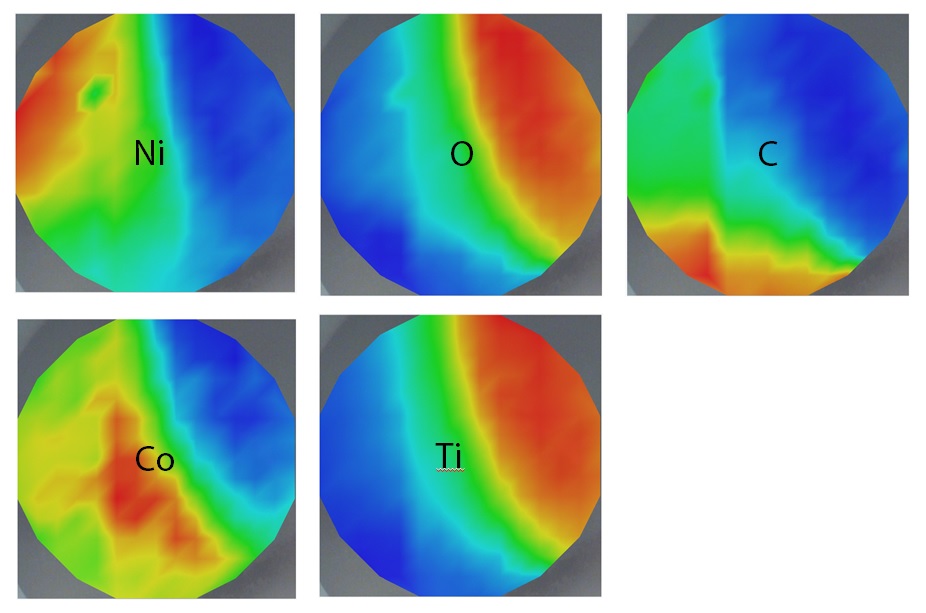Benefits of cryo-XPS for battery analysis
Submitted by Adam.Roberts on Fri, 05/10/2024 - 09:06Comparisons between standard and cryo-XPS have been made to scrutinize the oxidation states of both sulphur and carbon within the anode material of lithium-sulphur batteries (LSBs), providing valuable insights into the surface chemistry and its evolution over time. When the surface is cooled, it exhibits stability under X-rays at a power level of 150W. Over a 30-minute period, the relative composition of the different chemical states remains largely unchanged. However, as the surface warms, stability diminishes and decomposition and radiolysis processes are initiated. This highlights the importance of cryo-XPS for materials prone to degradation under X-rays.

